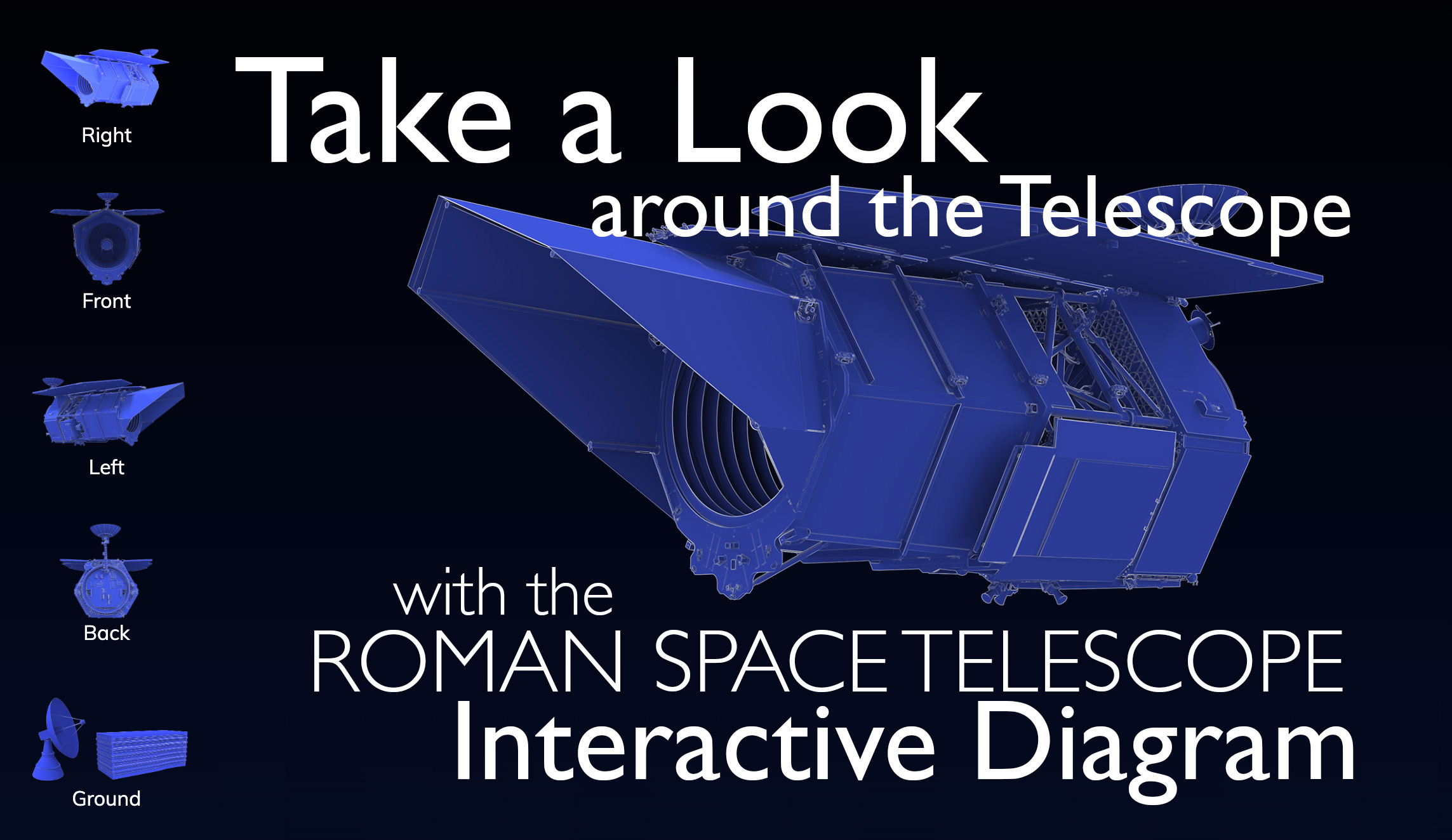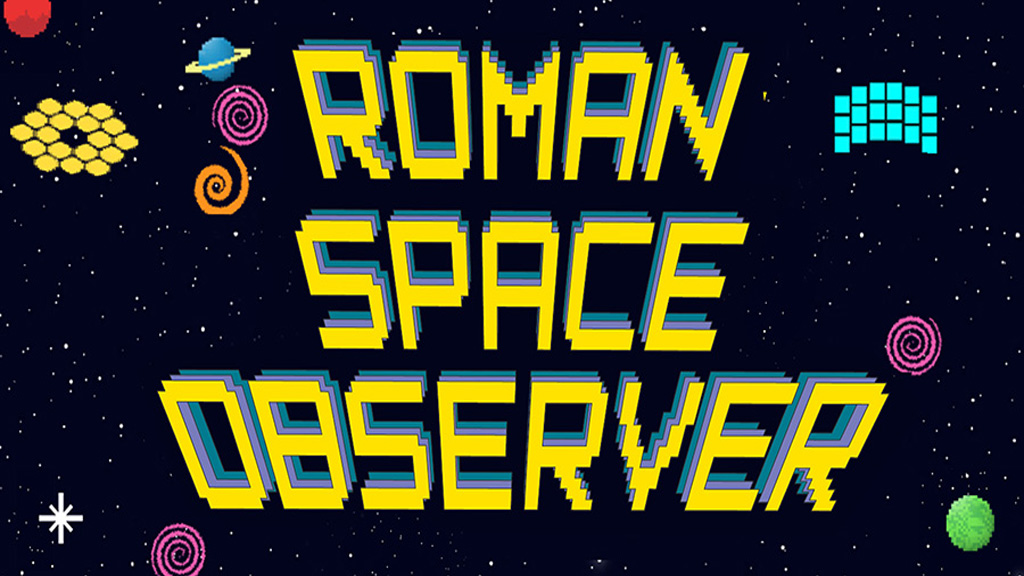Call for Self-Nominations for the Roman Observations Time Allocation Committee
The Roman Space Telescope project is soliciting self-nominations, which was due on August 12, 2024, for membership on the Roman Observations Time Allocation Committee (also referred to as the ROTAC).
Roman's WFI observing program will include both Core Community Surveys and General Astrophysics Surveys (for which a minimum of 25% of Roman's observing time will be reserved in the first five years), defined by a community-led process and traditional peer-reviewed calls for proposals. The majority of observing time during the primary 5 year mission will be devoted to community-defined surveys. It is the task of the Roman Observations Time Allocation Committee to review the survey implementation reports from the committees tasked with defining community-defined surveys, and to advise the Roman Project on the implementation of each survey. This committee will be charged with considering the balance between community-defined surveys and PI-led General Astrophysics Surveys.
Roman's Wide Field Instrument (WFI) will have a large field of view (0.28 sq deg), Hubble-like sensitivity and resolution, and highly efficient survey operations, enabling survey speeds roughly 1000 times faster than achieved with Hubble. The first call for proposing General Astrophysics Surveys will be approximately one year before launch.
Roman's community-defined surveys include Roman's Core Community Surveys as well as an Early Definition General Astrophysics Survey of the Galactic Plane. The Surveys include the High Latitude Wide Area Survey, the High Latitude Time Domain Survey, and the Galactic Bulge Time Domain Survey. All the community-defined surveys will enable a wide range of science investigations.
The work of crafting an observational strategy for each community-defined survey that maximizes their overall science return is being undertaken by definition committees. The ROTAC will be composed of members representing both the breadth and diversity of science to be enabled with the surveys, and include scientists who will use Roman through General Astrophysics Surveys.
This call for self-nominations is the first step in forming the ROTAC. The full committee membership will be drawn from various sources, including but not limited to self-nominations.
Timeline and primary functions of the ROTAC
The ROTAC was formed in the summer of 2024 and is expected to be active for approximately one year. By early November, 2024, each of the Core Community Survey committees will provide the ROTAC with their recommendations for the survey implementation, with options for enhancements and descopes. The ROTAC will provide a recommendation to the Roman Project on the balance between each of the core community surveys as well as the total allocation of time for Roman's Core Community Surveys and General Astrophysics Surveys.
This timeline is needed to support the Core Community Survey definition committees providing implementation instructions to the Roman Science Centers by March, 2025. This timeline will provide the scientific community with the time needed to understand the capabilities of the Core Community Surveys in advance of the first Call for Proposals, and the Science Centers with the time needed to implement and schedule the surveys.
The ROTAC will also advise the Roman Project on the recommended implementation of the Galactic Plane General Astrophysics Survey implementation, with the anticipated effort expected beginning in spring of 2025.
In order to properly advise the Roman Project on the recommended implementation of community-defined surveys, the ROTAC should anticipate:
- Becoming familiar with Roman's science requirements, including the mission objectives in cosmology and exoplanet demographics relevant to the Core Community Surveys.
- Reviewing the input from the community survey committees and discussing the recommended implementation options with community survey committee representatives as needed to fully understand the recommendations.
- Working with the Roman Project and the Roman Science Centers to understand any scheduling conflicts or other operational impacts amongst survey implementation options, and potential impacts for PI-led General Astrophysics Surveys.
- Writing up recommendations to the Roman Project, in a form suitable to be released to the scientific community.
How to self-nominate
The deadline for self-nominations is August 12, 2024. Self-nominations should consist of a short-form CV (approximately one to two pages) and a cover letter summarizing your interest in and qualifications for serving on the Roman Observations Time Allocation Committee. While self-nominations will be considered until the committees are formed, submissions received by this date will receive full consideration.
The ROTAC should reflect the breadth of science enabled by Roman, as well as the diversity of the scientific community who will utilize the data. If you have relevant expertise and are willing to serve on the ROTAC, please consider self-nominating.
Please send self-nominations as a PDF attachment to roman-surveys@lists.nasa.gov.
For specific questions related to a submission, please email roman-help@bigbang.gsfc.nasa.gov with the subject line: "Roman ROTAC self-nomination."
Resources











